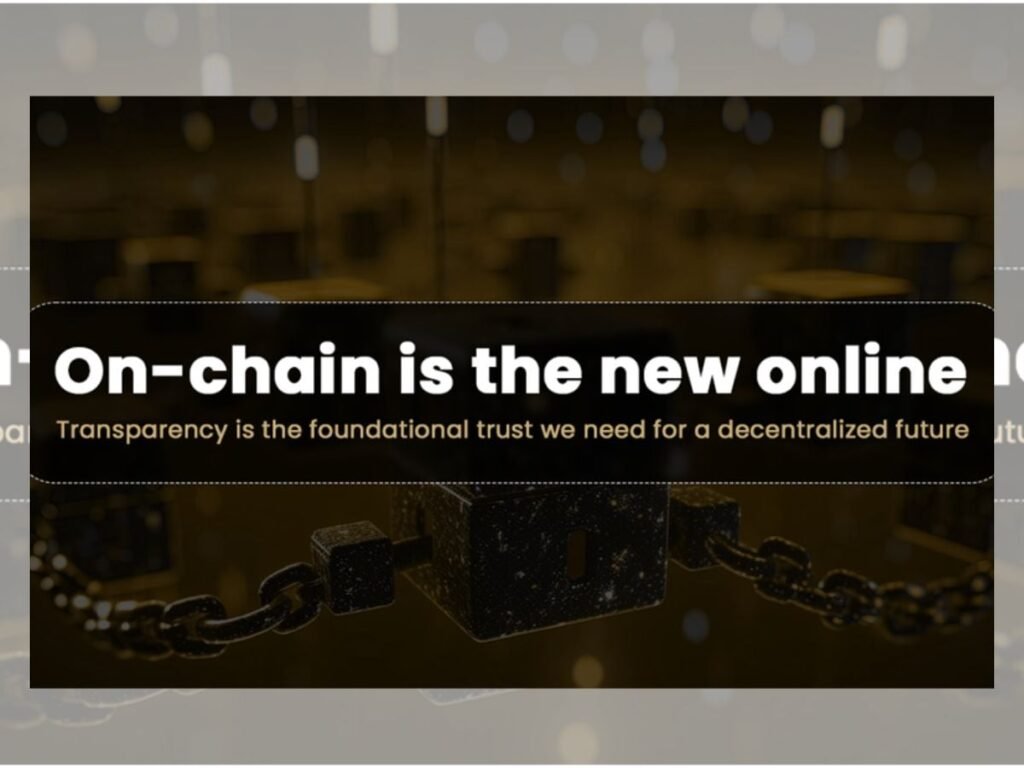Building Trust Through Blockchain: A Vision for Transparent Public Finance

Trust is the cornerstone of all relationships—whether in business, governance, or everyday life. Without trust, nothing functions effectively. And, just like any currency, trust must be earned.
Think about it: are you more likely to trust a business that openly shares its processes online? The same holds true for public offices and government departments. In today’s digital world, having a transparent online presence builds accountability and fosters trust. However, public trust in governance has been steadily declining worldwide. This distrust doesn’t just make us shake our heads—it has serious consequences, such as eroded confidence in democracy and inefficiencies in public services. A low-trust environment harms the economy and stifles growth.
On-Chain Auditing: A Bold Proposal
Coinbase CEO Brian Armstrong recently proposed an idea that could revolutionize how governments manage public finances. He suggested adopting on-chain tracking of government expenditure. This came as a response to Elon Musk’s comments on the Department of Government Efficiency (DOGE) and its work with the US Treasury to revamp public finance frameworks. Remarkably, DOGE’s efforts reportedly saved the US government $36.7 billion.
Armstrong’s suggestion may sound bold, but it’s visionary. Imagine a world where, instead of complicated budgets and opaque decisions, we could see exactly how our taxes are being spent—directly on a blockchain. With cutting-edge protocols like KALP, transactions can be standardized, secure, immutable, and easily accessible. The Kalp Foundation, for instance, is at the forefront of building digital infrastructure for global transformation through blockchain technology.
The Role of Blockchain in Public Finance
Blockchain is fundamentally designed to act as a public ledger—a tool for securely recording and tracking transactions. Its potential for government accounting is tremendous. In December 2023, the Joint Financial Management Improvement Program (JFMIP) noted that processes involving distributed participants, such as supply chain management, could greatly benefit from blockchain technology.
Using blockchain for real-time tracking of public spending could eliminate corruption and misuse of funds. It would also empower citizens with greater transparency, boosting budget literacy and driving stronger democratic engagement. A government that is held accountable by its people is a government that functions more efficiently.
Balancing Costs and Long-Term Benefits
While Armstrong’s vision of on-chain auditing is exciting, it’s not a magic bullet for solving the trust deficit in public institutions. Implementing blockchain in legacy bureaucratic systems comes with challenges—high initial costs, potential security vulnerabilities, and operational hurdles that deter adoption.
However, the long-term benefits outweigh these challenges. Platforms like KALP are creating innovative, affordable, and secure solutions for public and private institutions to adopt blockchain technology seamlessly. Even reclaiming just 1% of GDP lost to corruption or financial mismanagement could reinvigorate crucial services, addressing understaffing and underfunding issues while driving growth.
The Cost of Inaction
The real cost isn’t in adopting blockchain—it’s in doing nothing. Continuing to operate in a trust-deficient environment could cause irreparable harm to economic growth and innovation. By investing in transparency and accountability today, we lay the groundwork for a stronger, more trusted future.
It’s time to rethink how we build trust, embrace innovation, and ensure that public resources are managed with integrity. Blockchain technology offers a powerful opportunity to transform public finance—and with it, our collective confidence in governance.












